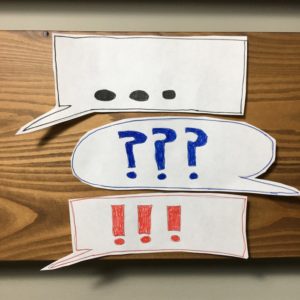Imagine a bird, or a plane. Now, everyone has a different image in their head of what a bird looks like (or maybe you’re just picturing Superman). Yet, everyone knows the definition of a bird, of a plane, and what they are. So, why would everyone have different representations of the “same” word?
When we take language for granted, we lose sight of why we created language to begin with: to assist us. On the one hand, we have taken words—“abstract” things—and created “real” cities and structures that would never exist if we couldn’t communicate with each other. On the other hand, a picture is worth 1,000 words, as words cannot always paint pictures we wish to illustrate.
To say that a word’s meaning—or, rather, its intended meaning—lies in the dictionary would be foolish. How one person understands an idea in their head varies, sometimes drastically. But we all have a tacit agreement that we understand each other.

To combat this, the social sciences define a term before conducting research or before a discussion begins so that everyone is clear on the definition. Unfortunately, this does not happen in everyday life.
An example I’m sure you can easily recall is a movie scene where the main character is in a foreign land communicating with a non-English-speaking character, waving and continuously flipping through a phrase book. Eventually, they end up pointing to an object or symbol and they come to understand each other without the use of a common language.
Have you ever sat through a lecture, listening to a professor, thinking to yourself, in effect, “What on Earth are they speaking, Latin?” However, after this dumbfounding, suddenly a diagram or visual aid is presented in front of you, and—boom!—it makes sense.
Last month, I mentioned that the amount of information we communicate doesn’t always end up helping in terms of better communication. For example, you have just bought a new bed and you are reading the step-by-step instructions on how to put it together, but, as detailed as they are, you give up in frustration and walk away (don’t sweat it; we’ve all been there).
Rather than accomplishing your goal, chances are you blamed yourself or the company for making such ridiculous instructions. You stumble upon a YouTube video of someone building a similar bed, and it makes perfect sense. So, you go back and finish building your new bed. Those instructions could have had every detail written down and most of us would still need help. Why is that? Verbal and written communication is stressed in everyday life, and nonverbal observations are less stressed but are key to how we learn.
